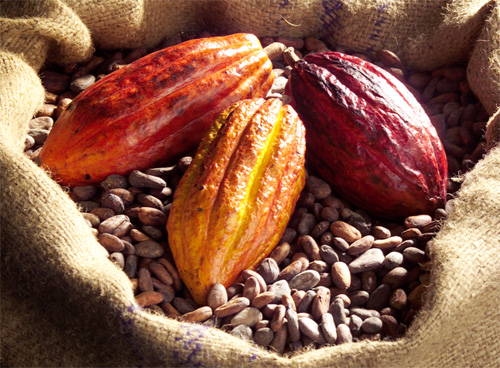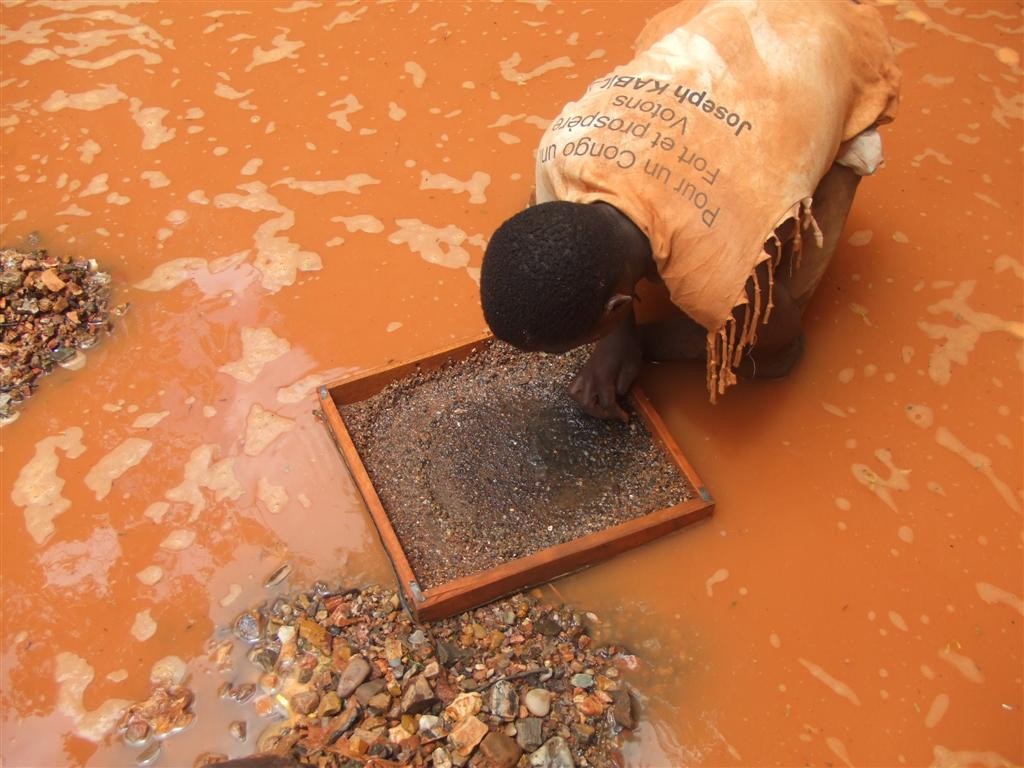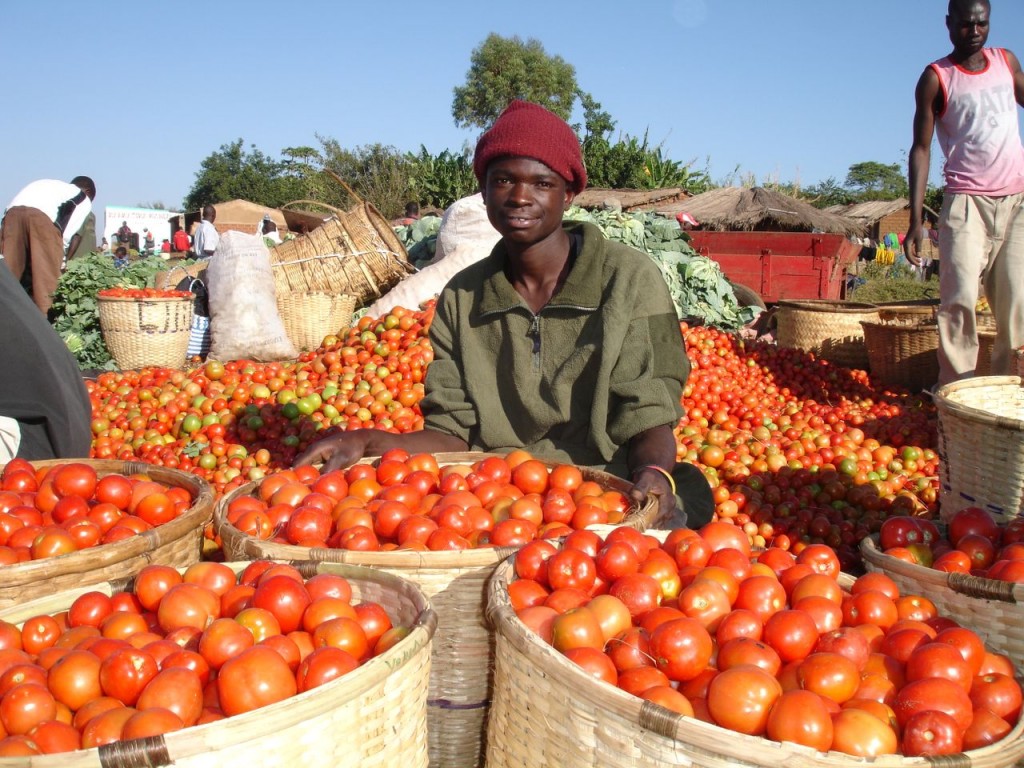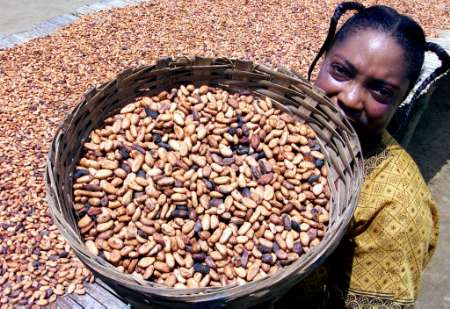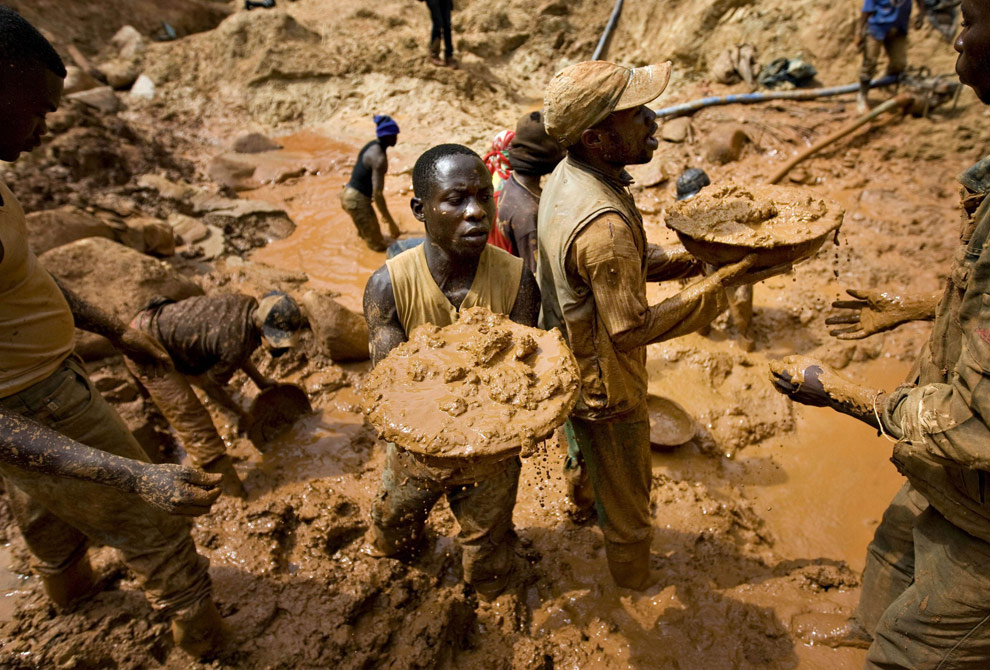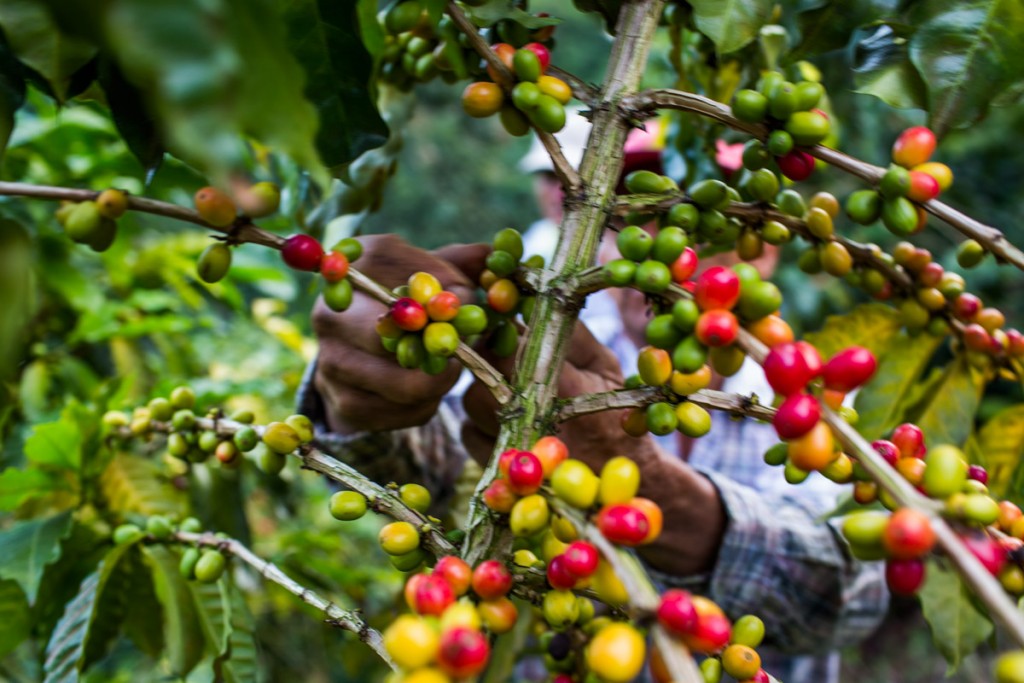Six African nations among the 13 hottest world’s economies
BY ALAN GREEN
China has stunned the world with its phenomenal double-digit economic growth rate over the past several decades. While the Asian giant is still showing signs of impressive growth, it now has the back seat in comparison with other economies, ranking thirteen (still an impressive place) among nations with the highest projected compounded annual growth rate (CAGR) between 2014 and 2017, according to the World Bank’s Global Economic Prospects. The good news is that out of the thirteen countries with the hottest economies, six are in Africa.
In the aforementioned report, World Bank Group president, Jim Yong Kim, said: “Developing countries were an engine of global growth following the financial crisis, but now they face a more difficult economic environment.” These countries now face some challenges, including the prospects of higher borrowing cost at a time of continued low prices for oil and other key commodities. This, according to the report, will result in the fourth consecutive year of sluggish economic growth this year.
Yet, the majority of the thirteen countries now with the fastest-growing economies aren’t typically the largest economies, are in the developing world, which, by definition as it were, rhymes with high income inequality, low level of per capita GDP, high political instability, and endemic corruption.
Definitely though, for six countries on the continent of Africa to be among the 13 hottest economies in the world, that is quite an achievement in itself.
THE SIX AFRICAN ECONOMIES RANKING AMONG THE WORLD’S 13 HOTTEST
12- RWANDA
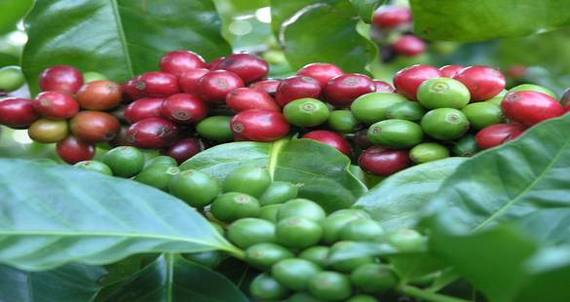 Ranking twelfth ahead of China (which is credited with a +7.10% projected compounded annual growth rate, CAGR, between 2014 and 2017), the economy of Rwanda is based on subsistence agriculture and mineral agro-processing. Coffee contributed nearly 59% to recent total exports. Tea production rounds out the economy. Despite the impressive growth numbers below, 45% of the population lives below the poverty line, in spite of the country’s commendable rebound from the 1994 genocide that claimed an estimated 800,000 lives.
Ranking twelfth ahead of China (which is credited with a +7.10% projected compounded annual growth rate, CAGR, between 2014 and 2017), the economy of Rwanda is based on subsistence agriculture and mineral agro-processing. Coffee contributed nearly 59% to recent total exports. Tea production rounds out the economy. Despite the impressive growth numbers below, 45% of the population lives below the poverty line, in spite of the country’s commendable rebound from the 1994 genocide that claimed an estimated 800,000 lives.
2015 GDP: +7.00%; 2016 GDP: +7.00%; 2017 GDP: +7.50%; 2014-2017 GDP CAGR: +7.12%
11- TANZANIA
In recent years, Tanzania experienced high growth rates thanks to gold production and tourism, with telecommunications, banking, energy and agriculture providing a sizable addition. Yet, the country remains one of the poorest in the world.
2015 GDP: +7.20%; 2016 GDP: +7.10%; 2017 GDP: +7.10%; 2014-2017 GDP CAGR: +7.15%
10- MOZAMBIQUE
The exploitation of natural resources is the backbone of Mozambique’s economy, with the expectation that the country will generate revenue from natural gas, coal and hydroelectric production within the next five years. However, subsistence agriculture remains the largest employer, and over half of the population remains under the poverty line.
2015 GDP: +7.20%; 2016 GDP: +7.30%; 2017 GDP: +7.30%; 2014-2017 GDP CAGR: +7.30%
Buthan, a Buddhist kingdom on the Himalayas’ eastern edge, a land of monasteries with a population of 753,947, comes 9th on the list, with the following growth rates:
2015 GDP: +7.90%; 2016 GDP: +8.40%; 2017 GDP: +7.00%; 2014-2017 GDP CAGR: +7.55%
In India, the eighth world’s fastest-growing economy, the services industry is king, accounting for nearly two-thirds of the country’s output with less than one-third of its labor force. Corruption, poverty, and discrimination against women and girls, however, continue to hold back the country.
2015 GDP: +7.40%; 2016 GDP: +7.80%; 2017 GDP: +8.00%; 2014-2017 GDP CAGR: +7.57%
Papua New Guinea, with eighty-five percent of the population working in agriculture, and a small sector exporting natural resources including mineral deposits such as gold, copper, and oil, shows the following numbers:
2015 GDP: +16.00%; 2016 GDP: +5.00%; 2017 GDP: +2.40%; 2014-2017 GDP CAGR: +7.60%
6- COTE D’IVOIRE
This is the world’s largest producer of cocoa, and a major player in the coffee and palm-oil industries. After surviving the quasi-civil war that resulted in the loss of nearly 3,000 lives following the disputed 2011 elections, the country, now led by a fine product of the International Monetary Fund and other major financial institutions, Alassane Ouattara, boasts the following rates:
2015 GDP: +8.00%; 2016 GDP: +7.70%; 2017 GDP: +7.50%; 2014-2017 GDP CAGR: +7.80
Uzbekistan, the fifth fastest-growing economy in the world, is the fifth-largest cotton exporter. It also exports natural gas and gold. It shows the following numbers:
2015 GDP: +7.60%; 2016 GDP: +7.80%; 2017 GDP: +8.00%; 2014-2017 GDP CAGR: +7.87%
Myanmar/Burma, a foreign aid magnet and coming forth, is one of the poorest nations in Southeast Asia. Its numbers are:
2015 GDP: +8.50%; 2016 GDP: +8.20%; 2017 GDP: +8.00%; 2014-2017 GDP CAGR: +8.30%
3- DEMOCRATIC REPUBLIC OF CONGO
The Democratic Republic of Congo, once dubbed “a geological miracle” because of its vast natural-resource wealth, has not been able to translate its huge potential into reality because of systemic corruption, perpetual conflicts and political instability. The country’s slow recovery efforts has leashed the following staggering growth numbers:
2015 GDP: +8.00%; 2016 GDP: +8.50%; 2017 GDP: +9.00%; 2014-2017 GDP CAGR: +8.62%
1- ETHIOPIA
Coming first, ahead of Turkmenistan (which shows a 2014- 2017 GDP CAGR of +9.70%), Ethiopia’s economy is mostly agriculture-based, but the government has made a push to diversify into manufacturing, textiles, and energy-generation. Despite the breath-taking numbers below, the country’s per capita income remains one of the lowest in the world.
2015 GDP: +9.50%; 2016 GDP: +10.50%; 2017 GDP: +8.50%; 2014-2017 GDP CAGR: +9.70%
Source: World Bank, CIA World Factbook


